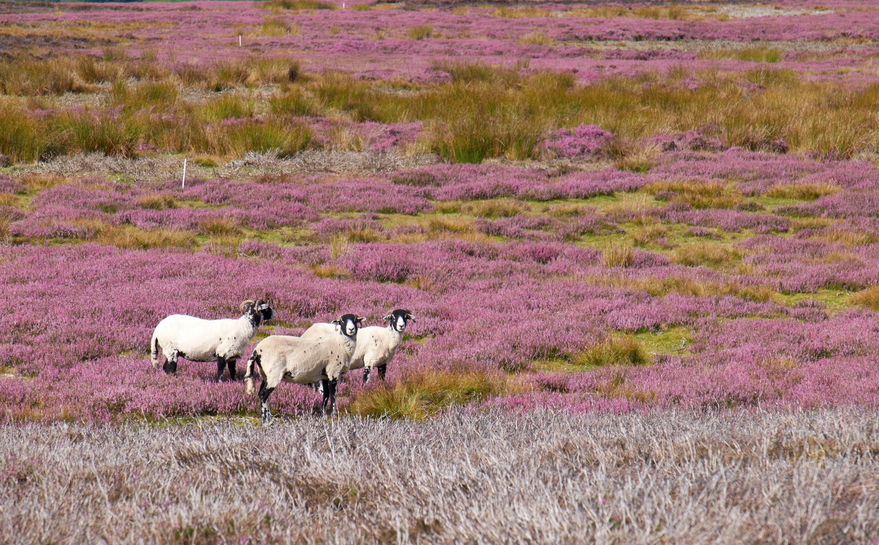
AHDB has shone a spotlight on the potential impacts of Brexit on agriculture and horticulture in Scotland in its latest Horizon report.
Launched at Agriscot in Edinburgh on Wednesday (15 November), the report highlights the risks and opportunities Brexit presents for Scottish farm businesses and the food and drink supply chain.
It explores Scotland’s trading relationships, both internationally and within the UK, the reliance on EU migrant labour in its horticultural and wider food manufacturing sectors and the importance of agricultural support to its farm businesses.
Fergus Ewing MSP, Scottish Government’s Rural Affairs Secretary, has backed the report. He said: “Brexit will have a significant impact on the day-to-day running of every farm and croft across Scotland. It is therefore vital our farmers, crofters and growers are well informed and start to really think about the steps they can take to safeguard their businesses to ensure a sustainable and prosperous future.”
The report also presents new analysis using Farm Business Survey data to model the impact of AHDB’s recently-published Brexit scenarios for specific sectors in Scotland: specialist lamb, specialist sheep and dairy.
The overall picture for Scottish agriculture under the modelling is broadly similar to England for cereals, general cropping, potatoes, horticulture and pigs.
Dairy is slightly harder hit in Scotland than in England under Scenario 2: Unilateral liberalisation, where there is a removal of Pillar I payments at a cost of £31,990 per business, which is not offset by an increase in Pillar II payments.
The main differences are in the livestock sector, where Scotland provides payments under the Less Favoured Area Support Scheme (LFASS) within Pillar II, which in turn form a higher proportion of Farm Business Income (FBI).
This means that under Scenario 2: Unilateral liberalisation, the increase in Pillar II payments more than offsets the removal of Pillar I payments. This allows specialist sheep farms in Scotland to maintain their FBI, despite a reduction in sheep prices. This is in contrast to England, where the increase in Pillar II payments only just offsets the reduction in Pillar I payments.
David Swales, AHDB Head of Strategic Insight, who co-authored the report, said: “While the implications of this analysis need to be considered by policy makers in both Westminster and Edinburgh, the work raises some important questions for Scotland’s farmers and growers. The overriding message is that businesses need to focus on the aspects in their control.
“Those businesses that have thought about the possible range of outcomes, have considered the options they can take to deal with them and have a plan for any eventuality are most likely to succeed.”
